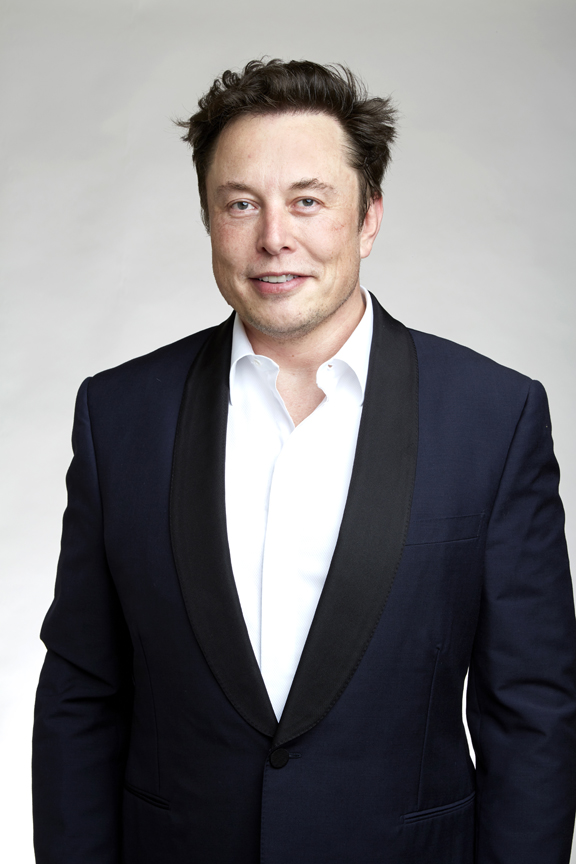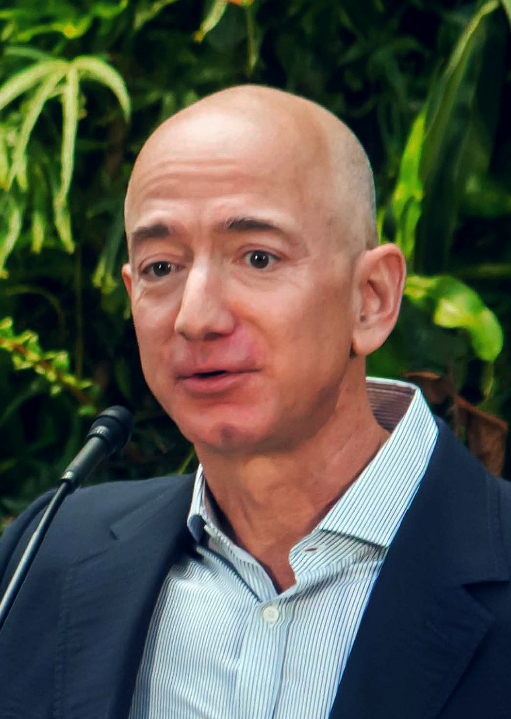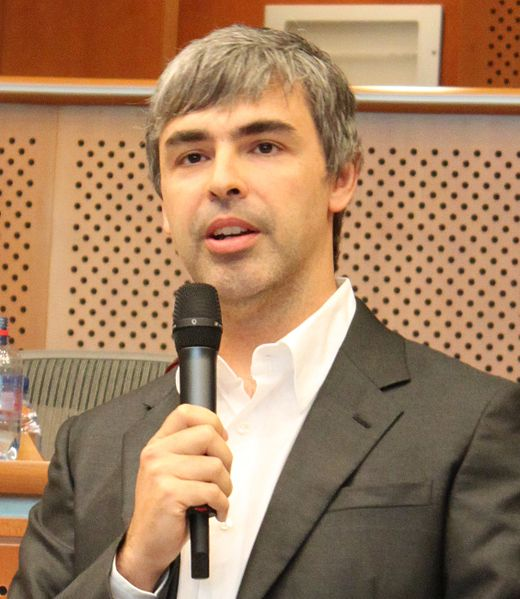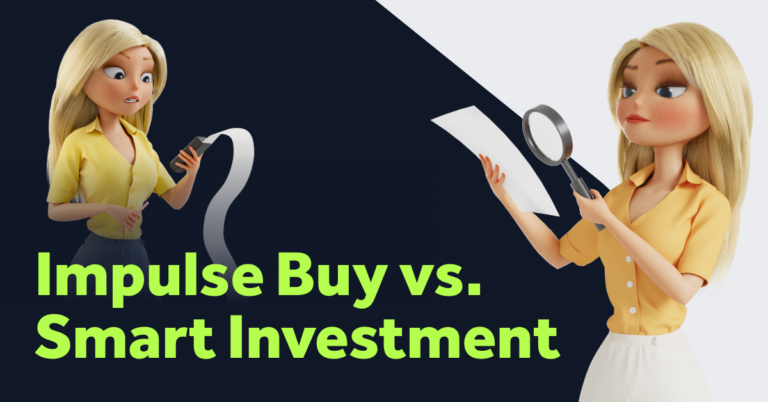Innovators come in all shapes and sizes. Think about Henry Ford, the Wright brothers, or Nikola Tesla, all visionaries who used their skills to take a risk and create new technologies which we still use today.
In order to accelerate the human race, there must be a desire to improve lives. This motivation is what separates an entrepreneur who is simply interested in making money with a visionary who is looking to change the world.
Here are three visionary wizards of the world today who have used their skills to shape and change lives around the world.
Elon Musk
For his first try at a dot-com business, Elon Musk started a web software company with his brother called Zip2 in 1995. Musk was extremely committed to his venture. “When my brother and I were starting our first company, instead of getting an apartment, we just rented a small office and we slept on the couch,” Musk recalls. “We showered at the YMCA and we were so hard-up that we only had one computer. The website was up during the day and I was coding it at night, seven days a week, all the time.”While Elon Musk is most well-known as the CEO of Tesla, he has led several lives even before his car company came into existence. The South African Musk was a self-taught computer programmer at the early age of 10. By the time he was 17, he had moved to Canada with the intention of moving to the United States as soon as possible. He would get his wish, studying for his undergraduate degree at the University of Pennsylvania and leaving to Stanford University for his Ph.D. in energy physics. But like many radical entrepreneurs, school wasn’t on the cards for Musk. He dropped out of Stanford just two days after starting. This led to Elon Musk’s dive down the dot-com rabbit hole.

For his first try at a dot-com business, Elon Musk started a web software company with his brother called Zip2 in 1995. Musk was extremely committed to his venture. “When my brother and I were starting our first company, instead of getting an apartment, we just rented a small office and we slept on the couch,” Musk recalls. “We showered at the YMCA and we were so hard-up that we only had one computer. The website was up during the day and I was coding it at night, seven days a week, all the time.”
This dedication led to the company finding immediate success. Ultimately it was acquired by Compaq in 1999 for $307 million in cash plus $34 million in stock options. However, Musk wasn’t completely happy with his role at Zip2, and was shot down from becoming the company’s CEO, a position which he coveted. Some say this pushed Musk even further toward his next venture.
Using his newfound wealth from the sale of Zip2, Musk jumped into his newest venture, X.com. As an email payment services company, X.com merged with a company called Confinity. The shared company had a money-transfer product known as PayPal, which quickly became the focus of the new conglomerate. Musk served as the CEO for PayPal before being removed from the position in 2000 after he continuously disagreed with other executives in the company.
For his next venture, Musk looked toward space. In 2002, Musk helped found SpaceX, an exploratory space transportation company with the goal of sending humans to Mars. As usual, Musk saw an opportunity to create something better. “What actually inspired me to create SpaceX was, I kept expecting that we would continue beyond Apollo 11, that we would have a base on the moon, that we would be sending people to Mars…And here we are in 2019. The United States actually does not yet have the ability to send people even to low Earth orbit.”
This was seen as an outlandish idea at the time, and many wondered if it would find any success. Over the past 15-years, the company has had many small successes, such as sending a spacecraft into orbit and docking at the International Space Station.
More recently, Elon Musk has turned his attention toward Tesla, the electric car company he co-founded in 2003. However, he wasn’t involved heavily in the business until he took on the role of CEO in 2008. It’s clear Musk’s involvement with Tesla isn’t just for the money, as he historically took no salary as an executive.
In all of Musk’s endeavors he has kept the same mentality and always worked toward the betterment of the world. “I just thought, “Well, what are the most significant problems humanity faces?”
Jeff Bezos
Jeff Bezos started his working career on Wall Street after graduating from Princeton with degrees in electrical engineering and computer science. This financial and technological background was the foundation that led him to start Amazon in 1994.

Bezos convinced 22 of his closest family and friends to invest in his new business a total of $1 million, with $300,000 coming directly from his parents. The company began by selling books online in what was the birth of the e-commerce industry at the time. Eventually, Bezos moved Amazon forward into a variety of other businesses, including online music and video and consumer goods, and in 2001, the company raised $100 million to fund its growth into the next generation.
But Amazon was only the start of what Jeff Bezos had in his masterplan. Like Musk, Bezos had an affinity for space exploration and travel. In 2000, Bezos started Blue Origin, a company whose mission is to “Build a road to space so our children can build the future.”
It is here where Bezos sees what could be his lasting legacy. “I believe that we are sitting on the edge of a golden age of space exploration,” Bezos says. “The thing that I would be most proud of, when I’m 80 years old, is if Blue Origin can lower the cost of access to space by such a large amount that there can be a dynamic, entrepreneurial explosion in space—just as we’ve seen over the last 20 years on the internet.”
However, space exploration doesn’t come without a cost. But Bezos seems up to the task, and has made it known he will pump $1 billion per year into Blue Origin to keep the project moving forward.
As an advocate for local news, Bezos contemplated purchasing The Washington Post which was falling on hard times. But this wasn’t an easy decision for the Amazon CEO. “The internet was just eroding all the advantages that local newspapers had,” Bezos remembers. “All of them.” Ultimately, he used the wealth he obtained from Amazon to purchase The Washington Post for $250 million in 2013. Citing his main reason for the acquisition, Bezos said, “I didn’t know anything about the newspaper business … But I did know something about the internet. That, combined with the financial runway that I can provide, is the reason why I bought The Post.”
Almost immediately he began implementing changes he saw as necessary to keep the news outlet alive. This included removing the paywall for subscribers to select local papers and overhauling the company’s digital media and mobile strategies. These changes led to profitability for The Washington Post in 2016.
Jeff Bezos is still interested in supporting the next generation of great thinkers and entrepreneurs. His venture capital firm, Bezos Expeditions, has been making investments in startups for over 20-years. His most successful investment came in 1998, when Bezos Expeditions invested $250,000 in a small, relatively unknown dot-com company called Google.
Larry Page
In the case of Larry Page, knowledge of technology was passed down by his father. Carl Victor Page was a Ph.D. in computer science and seen as one of the best in his industry. Page remembers his early years soaking in this knowledge fondly. By the time he was only six years old, he was teaching himself computer programming.

The idea to create Google was already percolating back when Page was at Stanford University studying for his Ph.D. in computer science. At the time, he was interested in the burgeoning internet and the method with which search results were calculated on internet sites.
Another student, Sergey Brin, decided to jump on the project with Page, creating a dynamic duo that would push the internet into the future. The team produced their dissertation at Stanford entitled, “The Anatomy of a Large-Scale Hypertextual Web Search Engine” in 1998. The paper itself references a new test project the team had designed. “In this paper, we present Google, a prototype of a large-scale search engine which makes heavy use of the structure present in hypertext. Google is designed to crawl and index the Web efficiently and produce much more satisfying search results than existing systems.”
At the end of that same year, Page helped to incorporate Google by utilizing $1 million raised from family and friends and acted as the company’s CEO. At the time, the company’s stated mission was to “organize the world’s information and make it universally accessible and useful”.
As a leader, Page was driven to learn every aspect of his business. “I want to know how everyone does their job,” he recalled. Eventually, he composed rules for management which would make Page one of the top CEOs in Silicon Valley.
Page’s rules for management included:
- Don’t delegate
- Don’t get in the way if you’re not adding value
- Don’t be a bureaucrat
- Ideas are more important than age
- The worst thing you can do is stop someone from doing something by saying, “No. Period.”
However, the road wasn’t all smooth for Larry Page. After a $50 million investment by venture capitalists in 2001, Page was asked to step down as Google’s CEO. He would eventually come back to the CEO role 10-years later in 2011 after the company had rapidly grown.
As the vision for Google rapidly changed and expanded over the next decade, Page helped usher in new projects. Google X worked to solve some of the world’s toughest problems and Calico working to combat aging and eliminate diseases. Seeing his company change over time ultimately led Page to step down as the CEO of Google on his own volition to run its new parent company, Alphabet, which encompassed the various projects which stemmed from the technology startup.
Much like Elon Musk, Page has been motivated to make positive changes in the world through his technological innovations. “Sergey [Google co-founder Sergey Brin] and I come to work each day excited about what lies ahead and the extraordinary people we work with,” Page noted in a 2013 letter. “Googlers make everything possible, and they are our future. And, while the world may have changed over the years, we’re as motivated by the potential to make a difference in people’s lives today as when we first started.”
Common Threads in Visionaries
After examining three highly successful visionaries, what appears to be the common threads that link them all together? For one, all three began to quench their thirst for knowledge at early ages, whether it be from experimenting with computers or attaining high levels of education. Such a thirst for knowledge isn’t inherent in everyone, which is why education and skill-building is an important part of building a new generation of entrepreneurs. As individuals learn new skills and acquire knowledge they are more likely to use that knowledge to create and innovate in ways not yet seen in the world.
It may appear on the surface that Musk, Bezos, and Page are all motivated by their billions in net worth. But it’s clear that their values and goals are much larger, and revolve more around solving some of the toughest problems the world currently faces. All three are interested in the world of space exploration, Musk attempts to combat climate change with Tesla, and Page works to eradicate diseases through Calico.
Still, the road to innovation is not straight and narrow. Visionaries get knocked off their tracks regularly, whether it be by disappointing expectations or being ousted as the CEO of the company they founded. If these visionaries have one thing to teach us, it’s that it takes persistence and drive to change the future.


